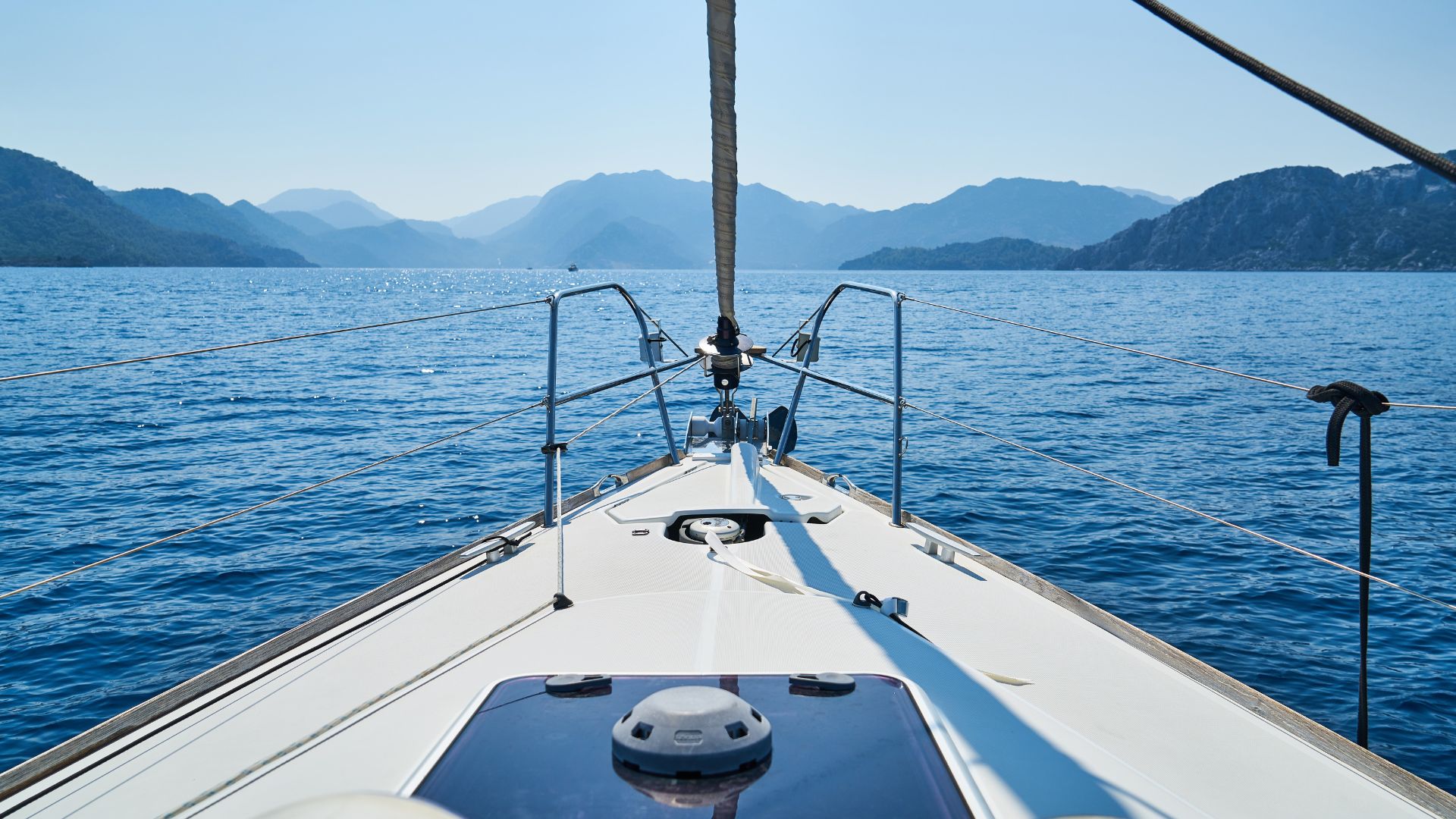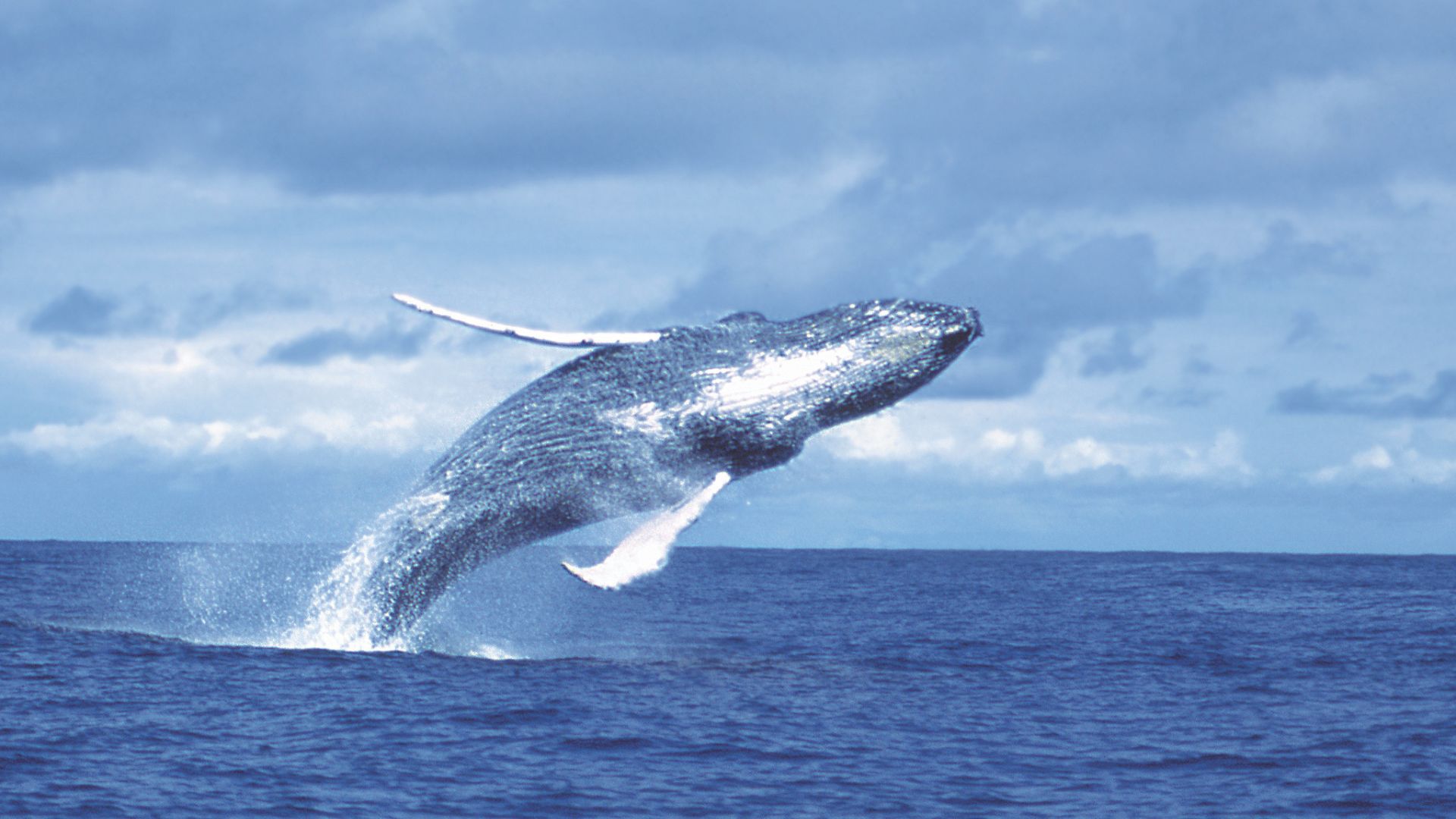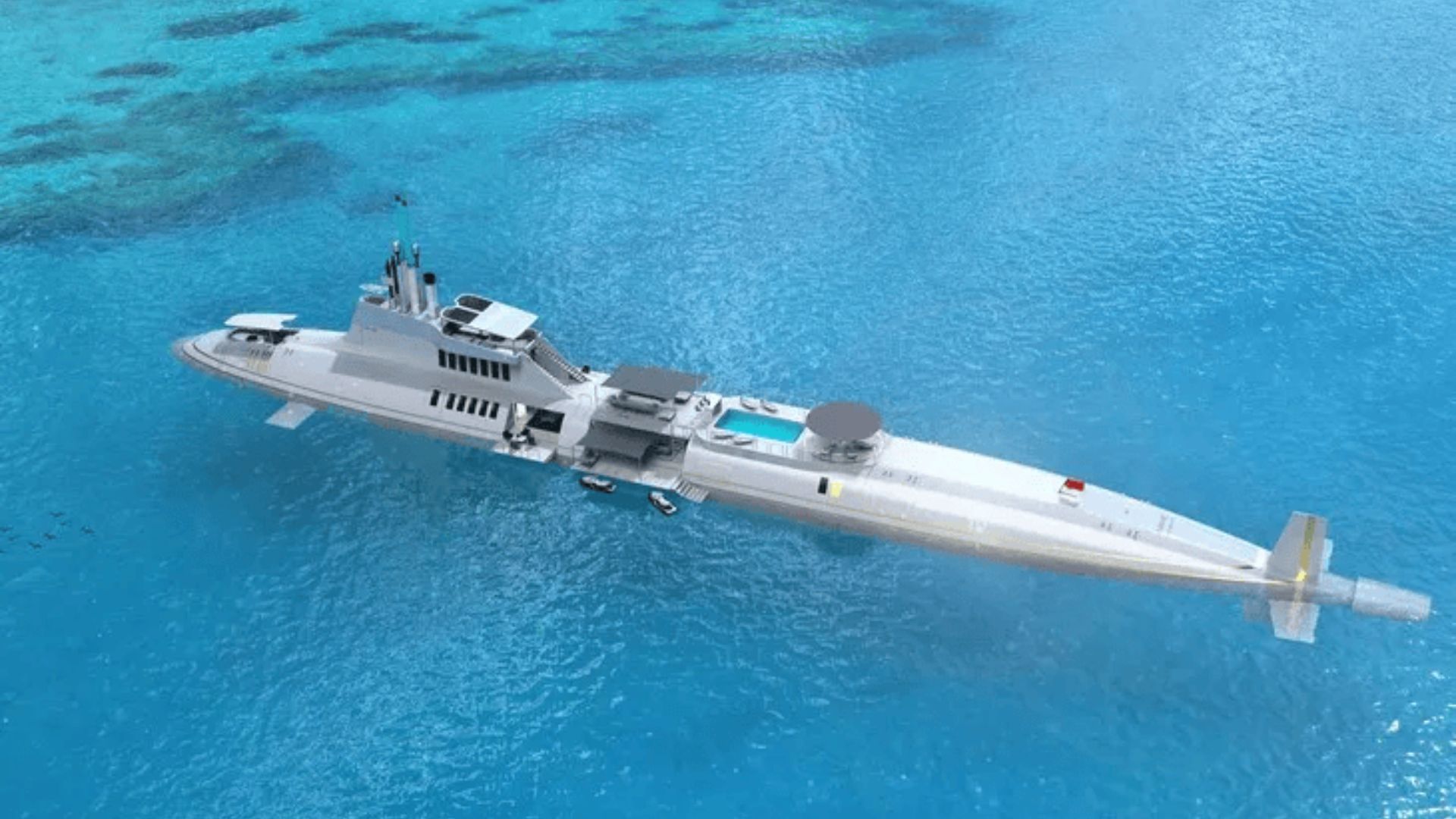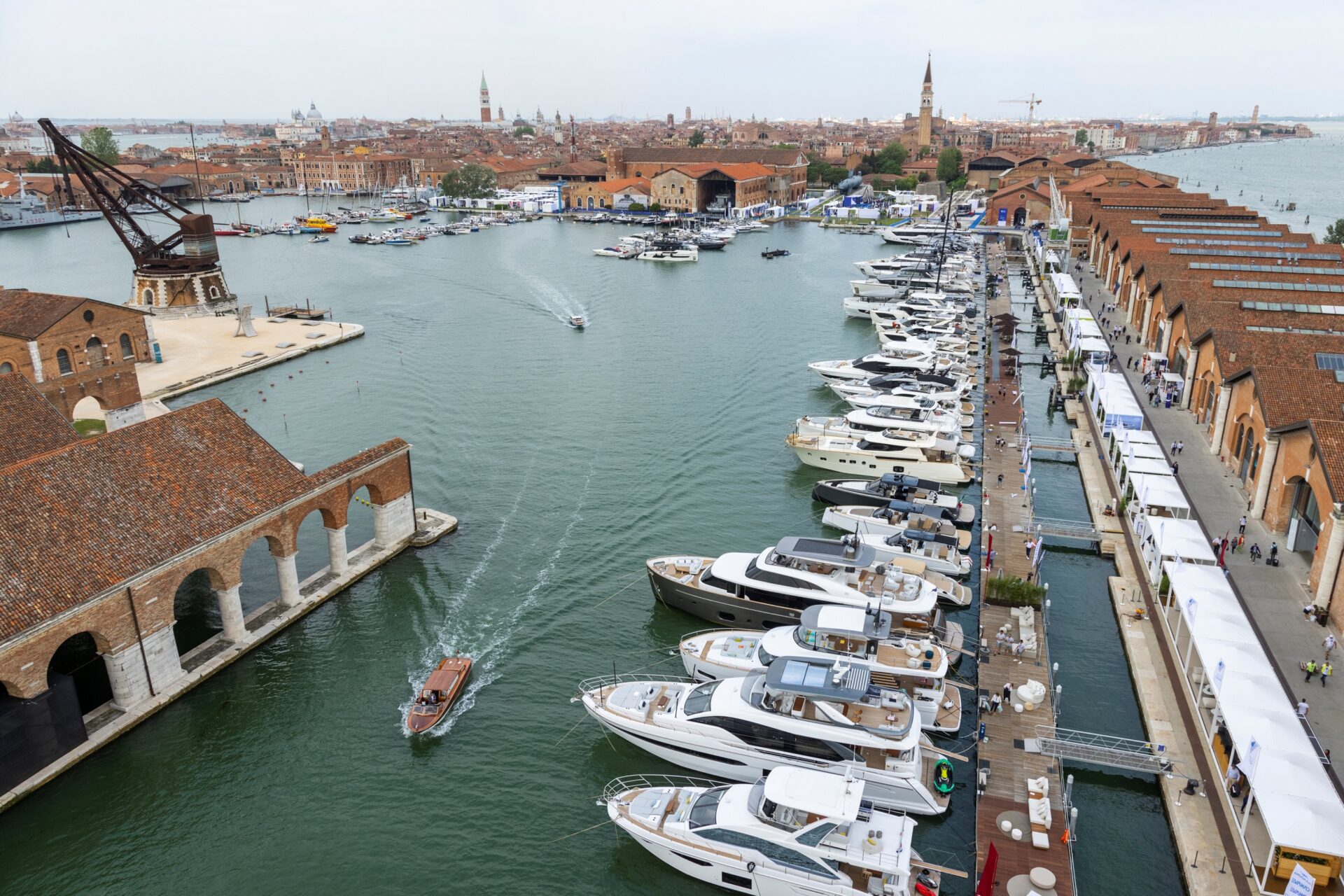
Maritime beaconing and signaling
In navigation, just as in road driving, "traffic signs" also have their equivalent at sea: maritime marker signs, essential floating signs.
In order to ensure safe navigation, it is crucial to become familiar with these indications.
These measures not only benefit commercial shipping, but also have a positive impact on the safety of the fishing industry, passenger transport and recreational activities at sea.
Maritime Beacons
The nautical beaconing system consists of floating devices known as beacons or buoys. Its creation was intended to unify navigation standards to ensure safer crossings, facilitate the movement of vessels and indicate possible dangers at sea.
It is a system of visual and audible signals on bodies of water, and has undergone significant improvements to address contemporary navigational challenges.
What is its purpose?
Its purpose is to cover all possible eventualities that could affect the safety of navigation in specific maritime areas. In this sense, the key functions of maritime beaconing include:
- Indicate special navigation areas.
- Highlight potential complications or hazards that may arise during navigation.
- Signaling water depth.
- Delimit navigable channels and surrounding areas, as well as port entrances or landfall areas.
- Properly mark courses.
Types of beacons
- Lateral markers: Used to mark both sides of a channel.
- Fork marks: Indicate the main route of a channel in the event of a fork in the channel.
- Isolated Hazard Marks: These markings highlight the presence of small hazards within navigable areas.
- Cardinal marks: Provide the navigator with information on the location of deeper waters, indicating possible hazards.
- Special marks: Identify particular conditions at sea, such as areas reserved for recreational or military activities.
Maritime Signaling
This is how these visual beacons become the reliable compass for mariners in unknown seas.
- LED Light Technology: The incorporation of LED lights in buoys and beacons has revolutionized maritime beaconing. These lights are more energy efficient, have a longer life span and offer exceptional visibility, improving safety both day and night.
- Renewable Energy Systems: In line with sustainability initiatives, many nautical beacons are now equipped with renewable energy systems, such as solar panels and wind turbines. This not only reduces environmental impact, but also ensures continuous operability.
- Integration of Smart Technologies: The adoption of smart technologies, such as remote monitoring systems and real-time data transmission, has enabled more effective management of maritime signals. This improves responsiveness to changes in sea conditions and enables predictive maintenance.
Maritime signage, essential for communicating critical information to mariners, has also evolved to meet today's demands:
- Advanced Electronic Charting: Electronic charts, powered by GPS systems and positioning technologies, have largely replaced traditional paper charts. This provides real-time information on vessel position, potential hazards and other relevant data.
- Automatic Identification Systems (AIS): The widespread implementation of AIS systems has improved vessel visibility by enabling automatic transmission of information such as position, heading and speed. This significantly reduces the risk of collisions and improves maritime traffic coordination.
- Digital Signage and Augmented Reality: The introduction of digital signage and augmented reality in some ports and critical areas provides mariners with additional information directly on their navigation screens. This facilitates informed decision making and increases situational awareness.
In short, advances in maritime beaconing and signaling have not only transformed the way we navigate the oceans, but have also raised the standards of safety and efficiency in global maritime navigation. These innovations continue to play a crucial role in preserving lives and protecting our oceans.













_v2.svg)
_v2.svg)









_v2.svg)


